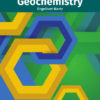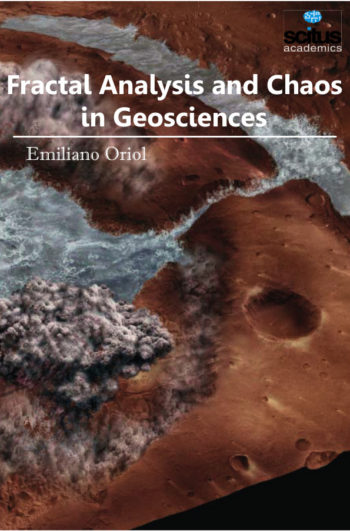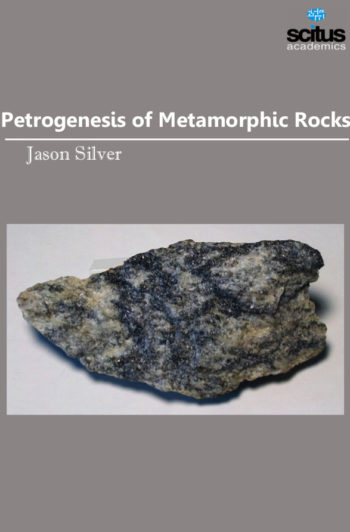The use of GIS has seen unprecedented growth in the last twenty years. With more and more sophisticated, authoritative technology becoming cheaper and system memories intensifying, which means that we can handle much bigger volumes of data? We can say that GIS is in a golden age. It was once the preserve of the cartographer or surveyor – now GIS has become a crucial part of modern sciences and technologies. Increasingly used to analyze and manage marine, offshore and coastal areas, Geographical Information Systems (GIS) assure a powerful set of tools for integrating and processing spatial information. These technologies are progressively used in the management and analysis of the marine and coast management processes. Many diverse activities exist along coastal seas playing an essential role in human society. Yet, they quite often result in conflicting interactions and therefore present an ongoing challenge for both society and research. Perhaps a geographical delimitation might contribute to better define the problems to be handled. Yet the multi- and interdisciplinarity of the studies get diluted in the process. The Geographical Information System (GIS) can significantly contribute to better use of data and insure proper data input, eliminating also overlapping information gathering.
Depicting on the practical experience of experts in the field; Geoinformatics for Marine and Coastal Management discusses recent developments and specific applications. It focuses on the cutting-edge coverage of a wide spectrum of activities and topics such as GIS-based application of drainage basin analysis, contribution of ontology to marine management, geoinformatics in relation to fisheries. The book presents a comprehensive overview of the field, covering key issues and discussions, and detailed case studies clarifying real-world applications of the technology.
Containing rigorous contributions from world-wide leading scholars in marine and coastal GIS, this book will inspire and stimulate continued research in this important new application domain. This book serves as a guiding tool for coastal zone managers, professionals, practitioners, and students alike on the management of oceans and the coastal fringe, stimulating the approach of allowing sustainable and integrated use of oceans to maximize opportunities while keeping risks and hazards to a minimum.













